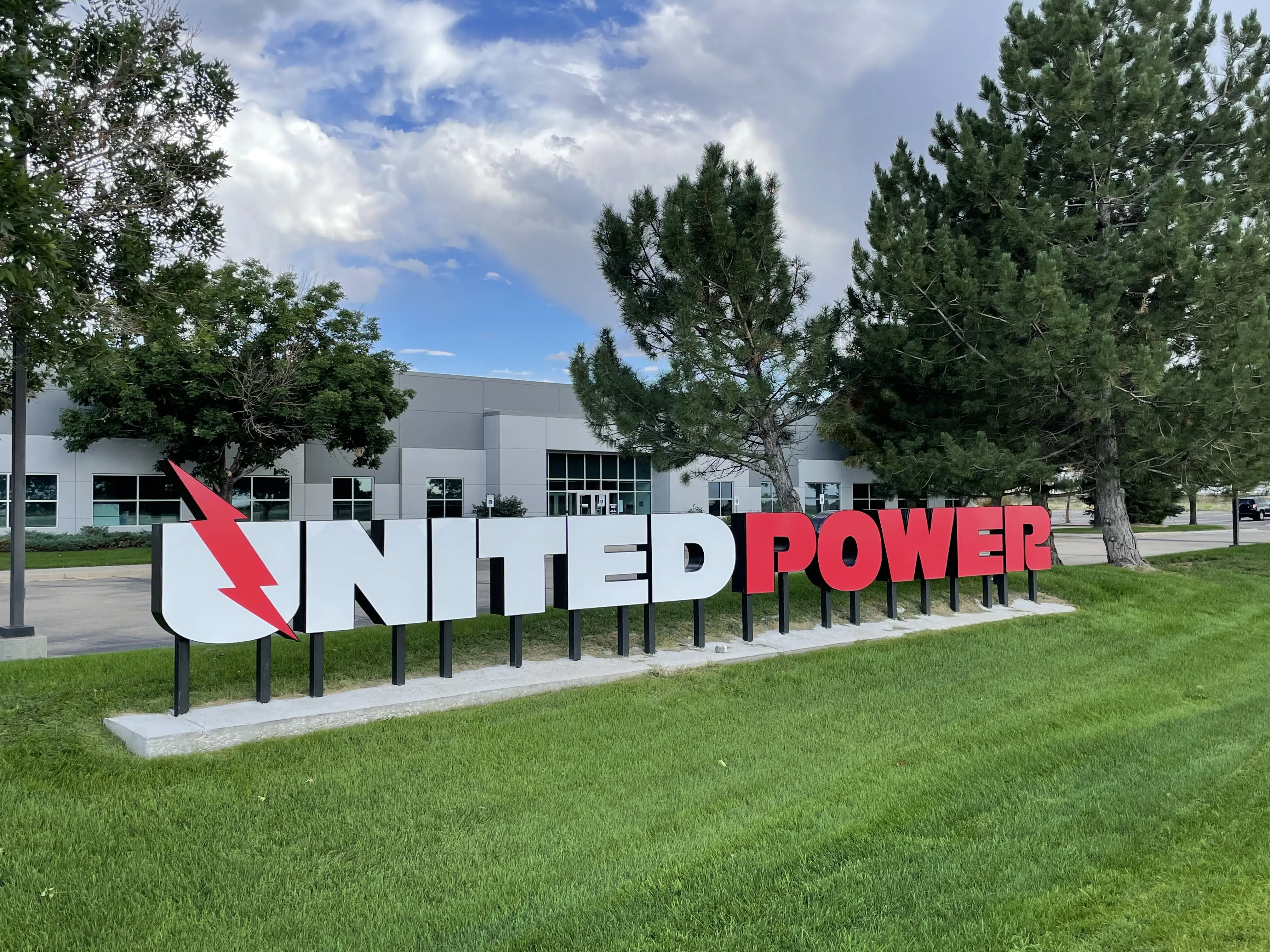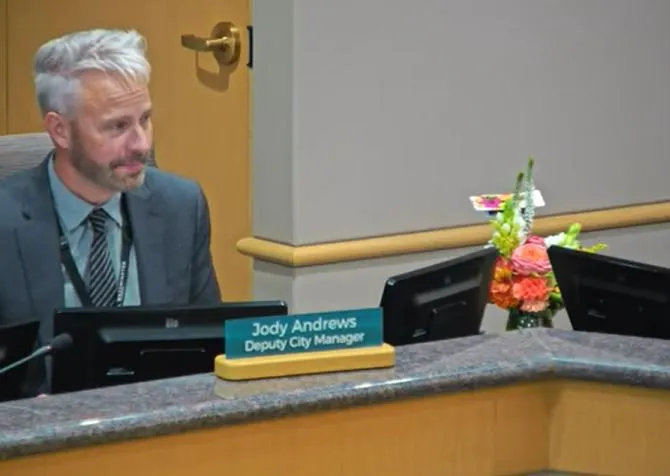FERC order clarifies terms for United Power’s divorce from Tri-State

The Federal Energy Regulatory Commission has issued a final decision clarifying the methodology and procedures for members exiting from Tri-State Generation and Transmission Association Inc., the next step in United Power’s path to exit Tri-State by May 1.
Westminster-based nonprofit wholesale power supplier Tri-State and its largest member, Brighton-based electric cooperative United Power Inc., reached an agreement in November designed to complete the companies’ contentious two-year divorce.
The FERC’s 246-page order issued Tuesday affirms in part, reverses in part, modifies in part and clarifies in part an initial decision issued by a FERC administrative law judge in September 2022 that…
THIS ARTICLE IS FOR SUBSCRIBERS ONLY
Continue reading for less than $3 per week!
Get a month of award-winning local business news, trends and insights
Access award-winning content today!





